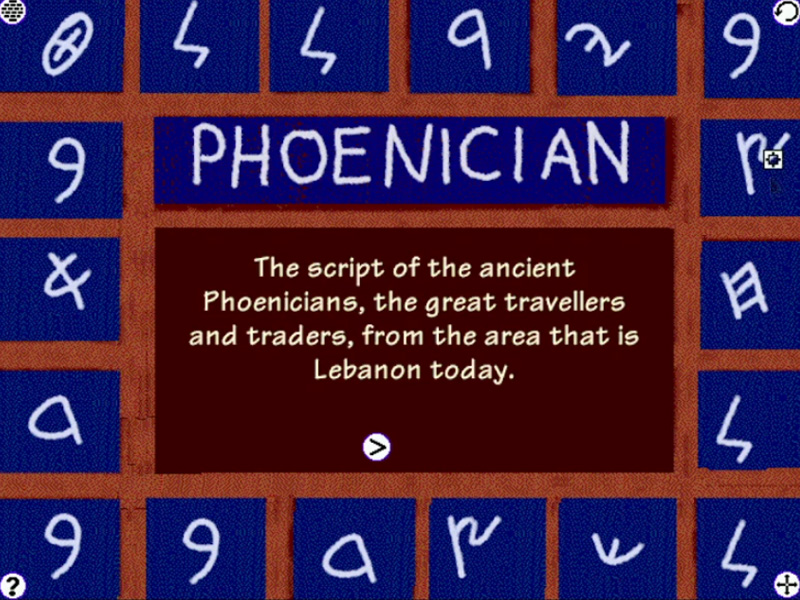Postcard from Tunis


https://sallypryor.com/works/tunis.html
Pryor, Sally. 1998. ‘The Artist as Self-Publisher’. https://www.sallypryor.com/writing/TheArtistAsSelfPublisher.pdf
Pryor, Sally. 2007. “Postcards and supasigns: Extending integrationist theory through the creation of interactive digital artworks”. Human Technology. 3 (1): 54-67. https://doi.org/10.17011/ht/urn.200770
Pryor, Sally, 2023. Material provided by the artist.
Tofts, Darren. 2005. Interzone: Media Arts in Australia. Fishermens Bend: Craftsman House.


